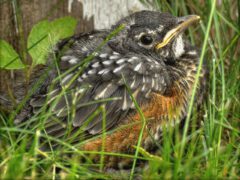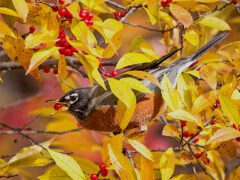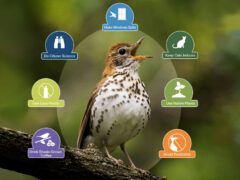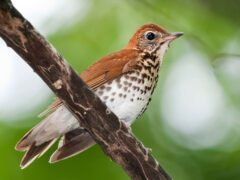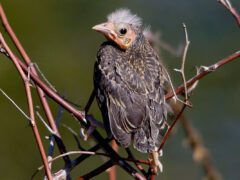A compact, small goose, with short neck, rounded crown, rather long wings, and short legs. The small bill is short and meets the forehead at a steep angle.
Relative Size
Slightly larger than a Brant, smaller than most Canada Geese.

 goose-sized or larger
goose-sized or largerMeasurements- Both Sexes
- Length: 24.8-25.6 in (63-65 cm)
- Weight: 49.3-84.0 oz (1398-2380 g)
- Wingspan: 42.5-43.7 in (108-111 cm)
- Length: 24.8-25.6 in (63-65 cm)
- Weight: 49.3-84.0 oz (1398-2380 g)
- Wingspan: 42.5-43.7 in (108-111 cm)





















































